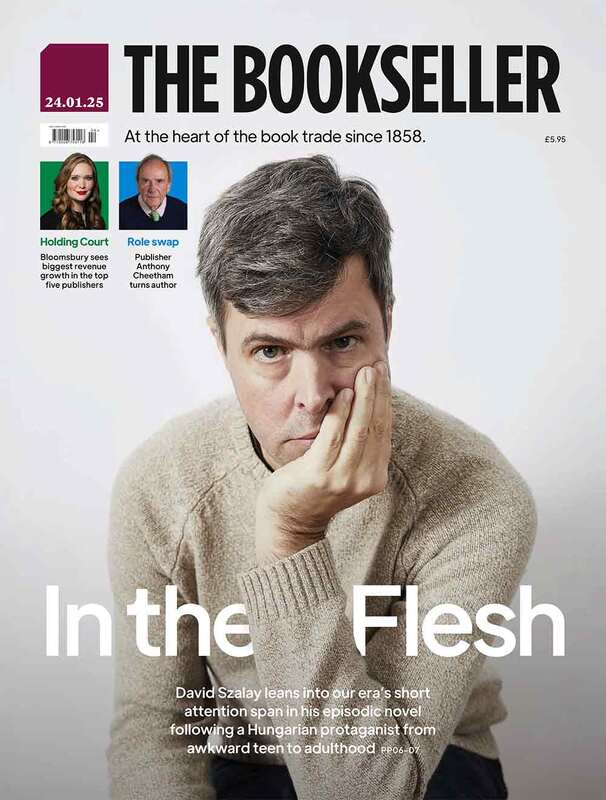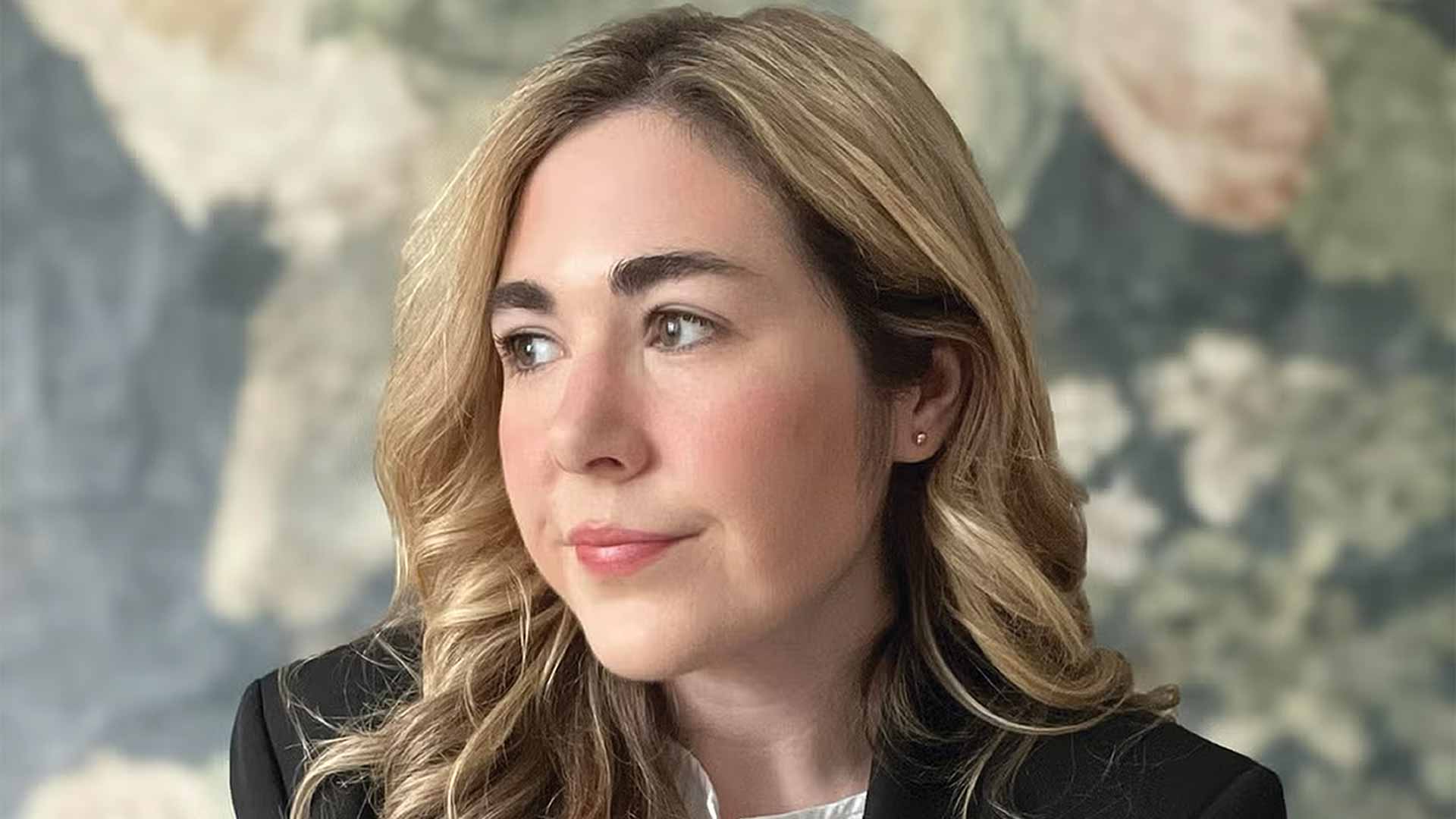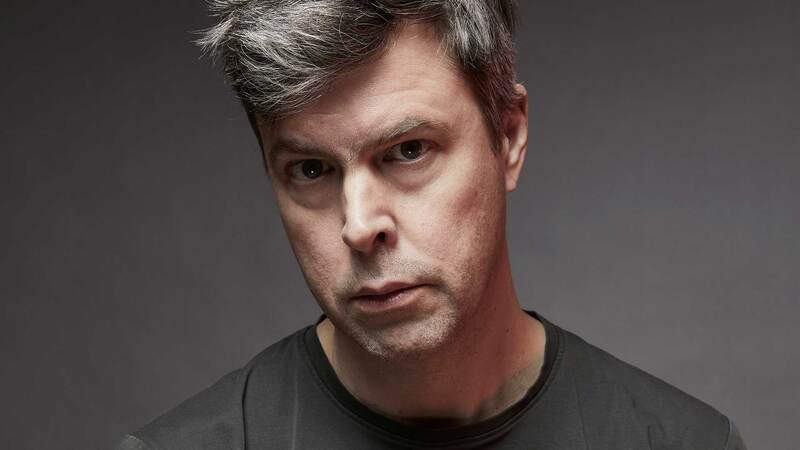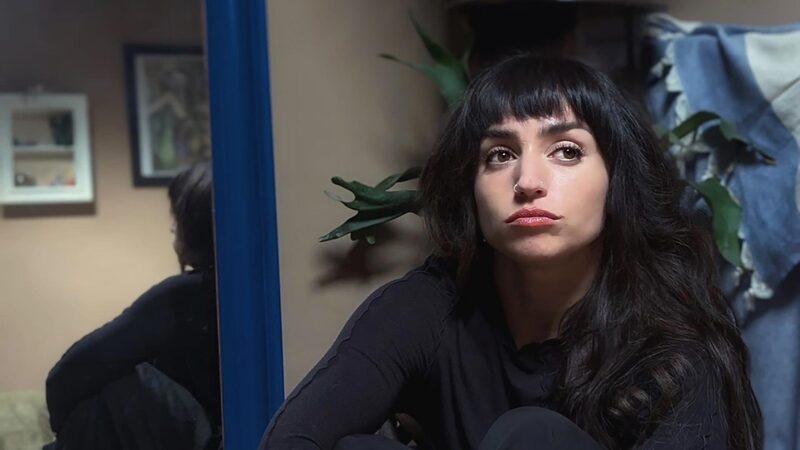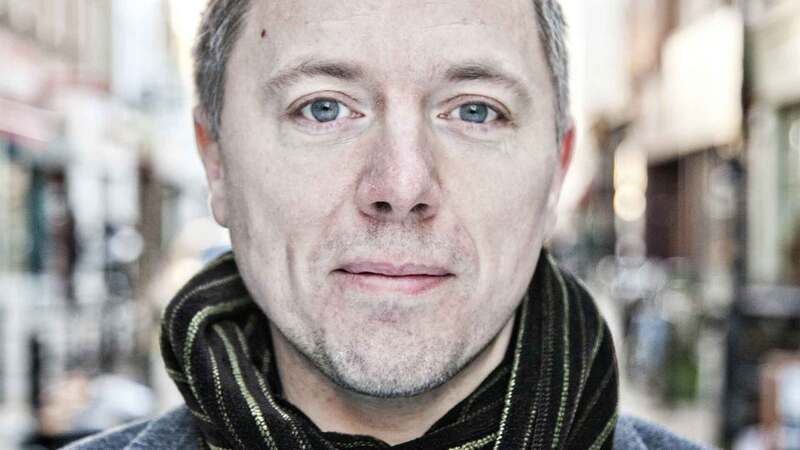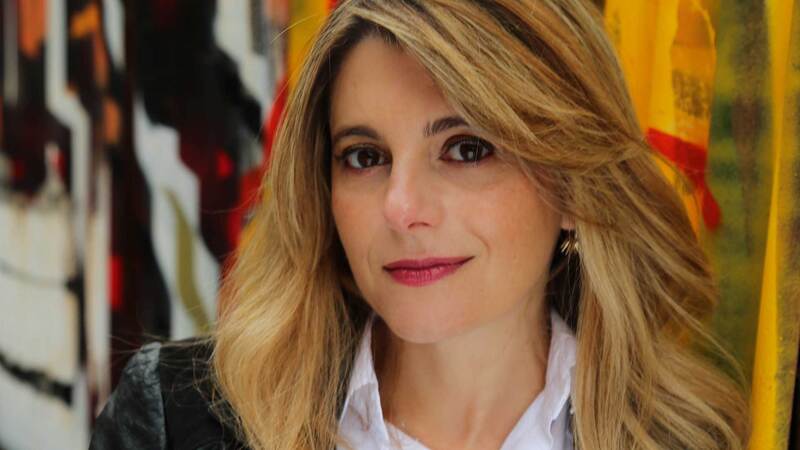You are viewing your 1 free article this month. Login to read more articles.
Ava Reid explores climate change and debt in her latest novel
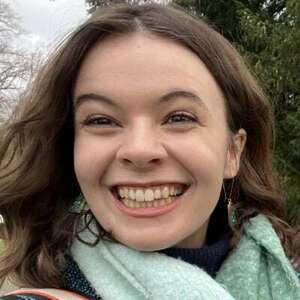
Katie Fraser is the chair of the YA Book Prize and staff writer at The Bookseller. She has chaired events at the Edinburgh International ...more
Set in a dystopian US where financial debts can get you killed and the climate crisis has resulted in extreme flooding, Ava Reid’s latest novel skirts the boundary between fiction and reality.

Katie Fraser is the chair of the YA Book Prize and staff writer at The Bookseller. She has chaired events at the Edinburgh International ...more
I recently logged into my student finance account to check my outstanding debt. It amounts to more than £70,000. Every month, money from my salary goes toward paying this off – but in Ava Reid’s dystopian world, this debt would likely land me in dire, deadly circumstances.
Fable for the End of the World is set in a “futuristic version of New York state” called New Amsterdam, a corporatocracy devastated by climate change, where the rich manipulate debts racked up by the lower classes. When an individual amasses too much debt and cannot pay it off, they can either nominate themselves or a family member to enter the Lamb’s Gauntlet: a livestreamed assassination spectacle. The “Lamb”– aka the nominee – is hunted by a genetically and cosmetically modified woman known as an “Angel”. When, inevitably, the person is murdered, the debt is cleared. “This is a version of the future where wealth inequality has gone to its most extreme and, in my opinion, inevitable end,” Reid tells me over video call from her home in New York City.
Reid “actively” wanted to “push back on the idea that when the world improves for the wealthy, and we have advanced technology, it means that life also improves for the underclass”. She continues: “The trickle-down theory – I disagree with that. I think that the methods of oppression just become transfigured by wealth and technology.” The cycle of debt and murder in New Amsterdam particularly affects the residents of Esopus, a deprived suburb with no protection from the incessant rain caused by climate collapse. Homes often flood, people make their way through the streets by raft and, crucially, no one offers help to anyone for fear of becoming indebted. The medical insurance structures in the US inspired Reid’s depiction of Fable for the End of the World’s system of financial control: “Every American has some story about taking on enormous debt or having these horrible experiences where their insurance is denied, where people have died because they can’t afford treatment.”
It is an incredibly personal and “very emotional” issue. Reid has had six surgeries in the past 12 years and must take “quite a lot of medication daily”. She describes the “entire process” of making insurance claims as “humiliating... Having to essentially beg for life-saving medication”. She continues: “You can do everything right and then you go to the pharmacy counter to get your medication: ‘Oh we can’t fill this out for XYZ reason.’ And you just have to leave.” Some of the medications Reid must take result in “life threatening withdrawal symptoms” if she is unable to take them. “I recently had an emergency room visit and even though I sent all of my insurance information, I am still getting billed. I’m still getting called and every time I’m like: ‘I gave my insurance information’ and they’re like: ‘No, sorry you owe us $30,000 for an ambulance ride.’”
Fable for the End of the World tells the story of Inesa and her brother Luka, a taxidermist and a hunter respectively. They live in Lower Esopus and work tirelessly to stay “out of the red” by selling stuffed animals to the upper echelons. However, when their mother volunteers Inesa for the Lamb’s Gauntlet, after racking up thousands of credits worth of debt to treat non-existent illnesses, Inesa’s life changes overnight. In the city, Melinoë, an Angel, is preparing for the Gauntlet. Killing Inesa will cement Melinoë’s position among the elite; however, she is haunted by the face of the last girl she murdered and is beginning to question the motivations of her handler, Azrael. When the Gauntlet begins, boundaries blur between the hunter and the hunted as circumstance put Inesa and Melinoë face-to-face, lighting a spark that not even the Gauntlet can extinguish.
Art isn’t about telling you what to believe, it’s about making you feel strongly and think deeply
Reid was heavily inspired by Suzanne Collins’ dystopian series The Hunger Games, the DNA of which “is quite apparent in Fable”. However, unlike Collins’ story of a heroine battling a corrupt government, Fable for the End of the World is “really just a book about surviving”. Reid describes it as a “fast-paced dystopian survival story” with “relatively intimate, low stakes”. Rebellion manifests not as armed resistance, but as indefatigable hope. In the author’s note, Reid asks the reader to “choose love” in “this challenging, frightening time”. “That to me is as hopeful an idea as literally taking up arms against the oppressor,” she explains to me. “I think the idea of holding on to your hope, holding on to your humanity and choosing love even when you know it’s doomed – that is very hopeful to me.”
Although some may read this as the book’s “message”, Reid rejects the idea that any of her books have messages. “My books have ideas. Art isn’t about telling you what to believe, it’s about making you feel strongly and think deeply.” Part of what we are asked to think about is the representation and exposure of female bodies in a technological age. From the age of eight, Melinoë’s body has been modified to make her the perfect killing machine – every inch of her biology is changed, from her bones to her eyes and her blood – but “she’s not only a weapon, she’s also a product”. The character regularly undergoes plastic surgery and “other cosmetic procedures to make her look sexy and attractive”. Both Melinoë and the other Angels are “designed for mass consumption and male pleasure”. Reid writes of Melinoë: “I used to keep track of the changes made to my face and body, as if there were some clean delineation between real and fake, natural and unnatural.”
As part of the Gauntlet’s livestream, viewers can post comments in real-time. Melinoë’s training in part involves exposure to these comments to tailor her performance to what the audience wants to see. These range from the inane to the vitriolic and sexist. Reid explains that she was “basically just paraphrasing from the chats” of real online female streamers. One comment in the novel reads: “Is it just me or does mel look like sh*t here hahaha”; another says: “idc her body is insane. so f*ckable”. The Angel’s are crafted to fit female archetypes: “The audience like us better if we fit into boxes,” Melinoë reflects.
Science fiction dystopias appear to be becoming a possibility as climate change and socioeconomic inequality worsen. “This is what’s happening now, because this is the world that we live in.” The climate emergency is “pretty much inescapable when you’re writing anything that is future facing”, reflects Reid, who took aspects of the devastation left by Hurricane Sandy, which hit the US East Coast and Caribbean in 2012, to create New Amsterdam. “Neighbours floating on their air mattresses down flooded streets, the tanks and the National Guard rolling in, cars just drifting in the water. It just really stuck with me.” For Reid, it does not “take so much imagination” to see that the world of New Amsterdam is “where we are headed if we continue on the trajectory that we’re on”.


